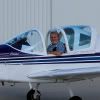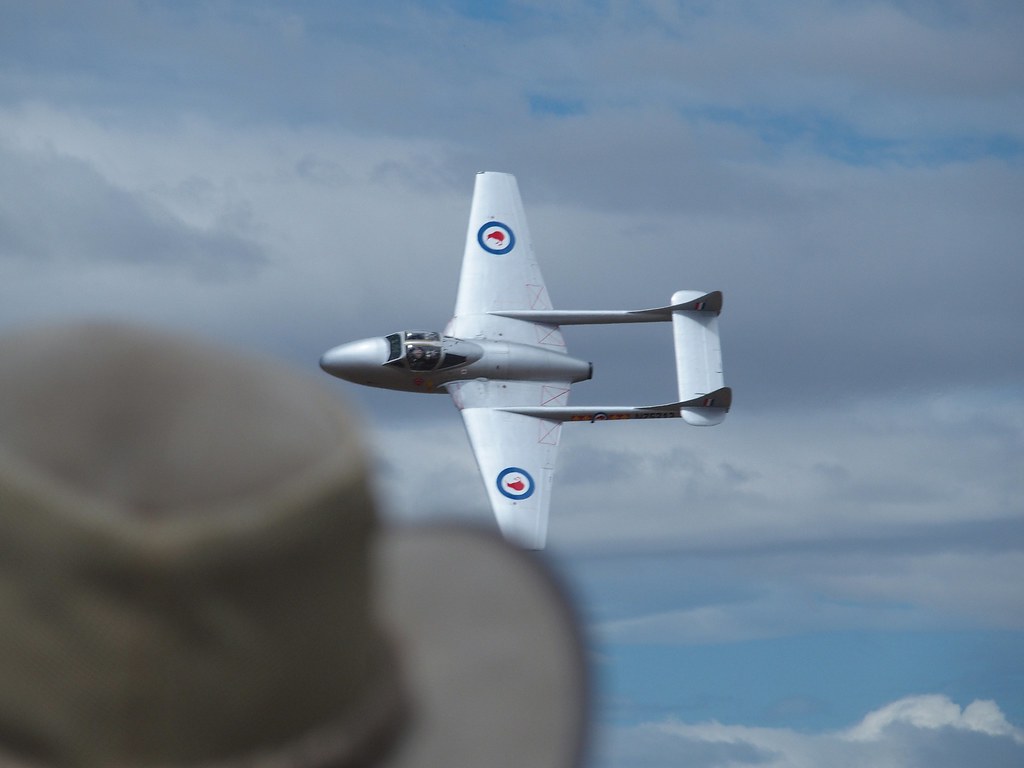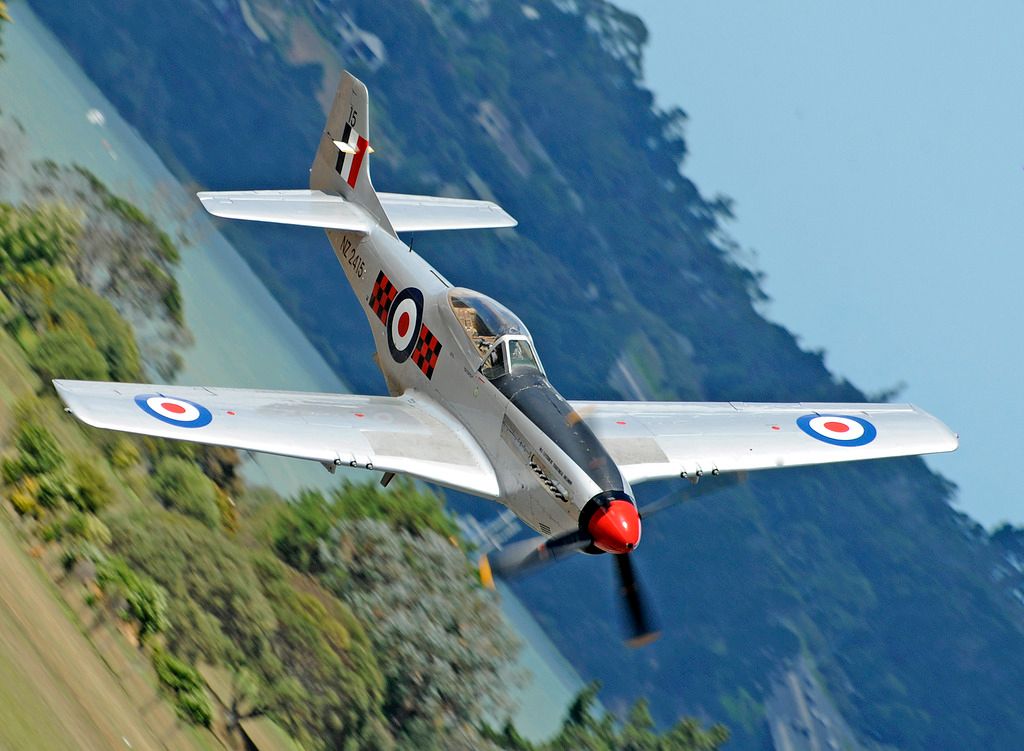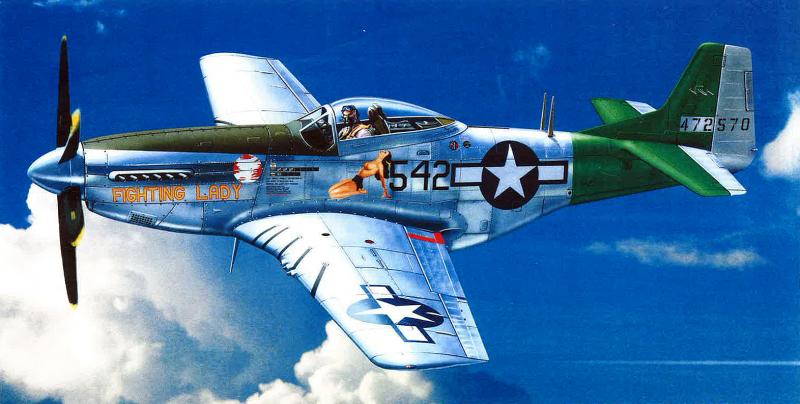Post by Peter Lewis on Mar 13, 2015 18:06:05 GMT 12
Today is Friday 13th, so I can permit myself a grumble.
This is my 'Letter to The Editor' of Aviation News in response to a previously published letter by Paul Harrison in which he commented how New Zealand air shows have changed over the years.
JK also published my response, which is in the current Aviation News, but I'll add it in here as well for wider circulation.
"Like Paul Harrison, I too have been attending air shows since the 1960s and can muse about the changes that have taken place over the years.
Many of these changes have come about as the organizers have often moved from being a group of people with aviation knowledge to semi-professional organizers, sometimes with little direct aviation knowledge or experience.
A few of the changes have been for the better - car park attendants now sometimes stay on the job to direct the traffic leaving the event rather than heading for the aero club bar as soon as the flying program finishes and letting the departing public sort out the traffic chaos for themselves.
Other changes have been detrimental. The treatment of those who choose to fly their own aircraft into the airshow venue as unwanted and irritating third-class customers of little importance has seen a very steep drop-off in such attendances.
From a photographers point of view, one signifigant change has been the development of what I call the Skilling effect. Most, if not all, of the fast fighter aircraft now open their display routine with a diving pass along the crowd line giving the public a demonstration of just how fast the thing can go. Sure, you then get a view of the top-side of the aircraft, but it is moving such a high speed that getting a reasonable photograph of the machine becomes a matter of pure luck. This is then followed by a succession of manouvers towards the crowd at a lower speed, but always ending up with a turn away from the crowd line so that the public invariably gets a nice close view of the belly of the aircraft. Keith Skilling developed this routine to show off the Corsair, and all the others seemed to have decided to follow his pattern.
Sure, I am aware of CAA restrictions about overflying the public viewing areas, but I look at all the camera-buffs clicking away like mad at the underside of the Spitfire, the P-40 and the Mustang and wonder what they think when they get back home and see just what they have actually captured.
So if you are one of the display pilots, how about giving us a couple of nice slow top-side visible passes along the crowd line so that we can photograph your pride-and-joy and remember the great display you presented? If you can't do this, then just make sure the underside of your aircraft is clean and polished because that's all we are going to see."
Agree? Disagree?
Have your say.
This is my 'Letter to The Editor' of Aviation News in response to a previously published letter by Paul Harrison in which he commented how New Zealand air shows have changed over the years.
JK also published my response, which is in the current Aviation News, but I'll add it in here as well for wider circulation.
"Like Paul Harrison, I too have been attending air shows since the 1960s and can muse about the changes that have taken place over the years.
Many of these changes have come about as the organizers have often moved from being a group of people with aviation knowledge to semi-professional organizers, sometimes with little direct aviation knowledge or experience.
A few of the changes have been for the better - car park attendants now sometimes stay on the job to direct the traffic leaving the event rather than heading for the aero club bar as soon as the flying program finishes and letting the departing public sort out the traffic chaos for themselves.
Other changes have been detrimental. The treatment of those who choose to fly their own aircraft into the airshow venue as unwanted and irritating third-class customers of little importance has seen a very steep drop-off in such attendances.
From a photographers point of view, one signifigant change has been the development of what I call the Skilling effect. Most, if not all, of the fast fighter aircraft now open their display routine with a diving pass along the crowd line giving the public a demonstration of just how fast the thing can go. Sure, you then get a view of the top-side of the aircraft, but it is moving such a high speed that getting a reasonable photograph of the machine becomes a matter of pure luck. This is then followed by a succession of manouvers towards the crowd at a lower speed, but always ending up with a turn away from the crowd line so that the public invariably gets a nice close view of the belly of the aircraft. Keith Skilling developed this routine to show off the Corsair, and all the others seemed to have decided to follow his pattern.
Sure, I am aware of CAA restrictions about overflying the public viewing areas, but I look at all the camera-buffs clicking away like mad at the underside of the Spitfire, the P-40 and the Mustang and wonder what they think when they get back home and see just what they have actually captured.
So if you are one of the display pilots, how about giving us a couple of nice slow top-side visible passes along the crowd line so that we can photograph your pride-and-joy and remember the great display you presented? If you can't do this, then just make sure the underside of your aircraft is clean and polished because that's all we are going to see."
Agree? Disagree?
Have your say.














